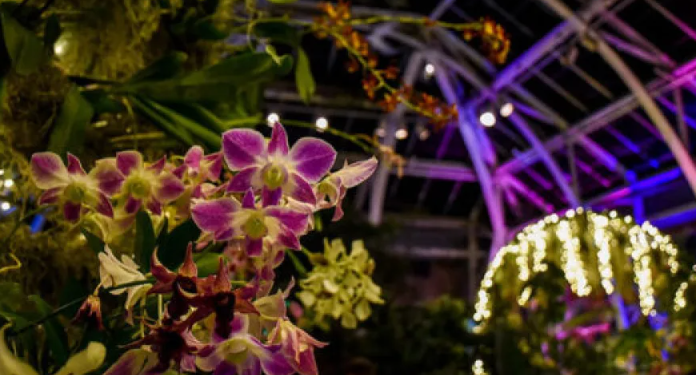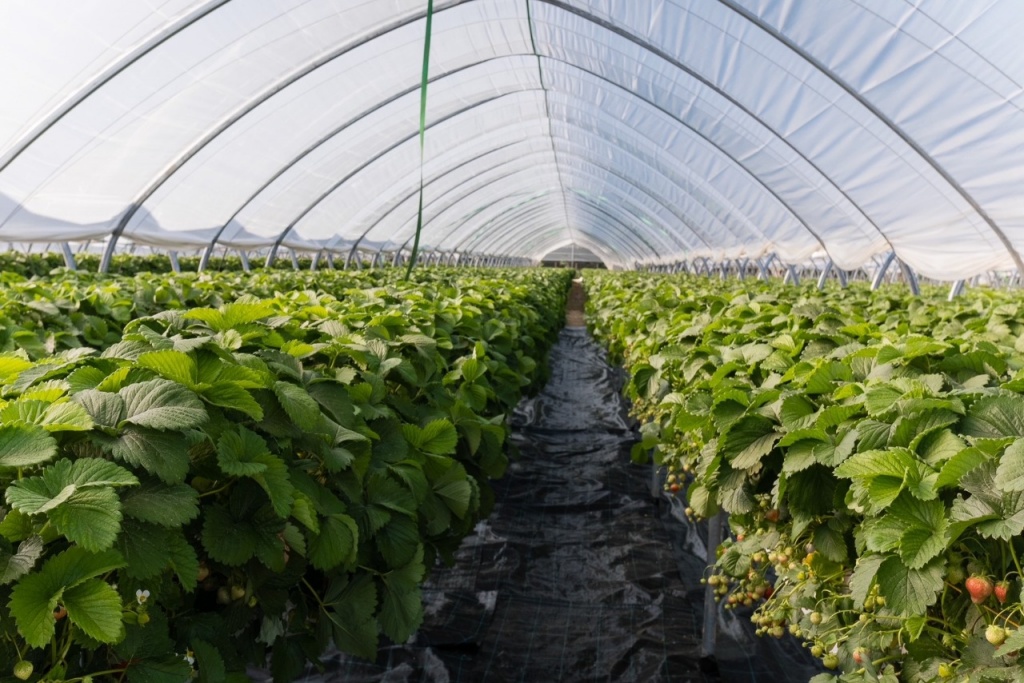#Agriculture #BotanicalGardens #Greenhouses #Horticulture #PlantDiversity #Innovation #Education #Inspiration #WinterEscapes #Sustainability
In the heart of winter, when fields lie dormant and the landscape fades into shades of gray, botanical gardens and greenhouses offer a vibrant oasis of life and color. For farmers, agronomists, agricultural engineers, farm owners, and scientists working in agriculture, these havens serve not only as places of leisure and inspiration but also as valuable resources for innovation and education.
The Lyman Estate Greenhouses, located just outside Boston, stand as a testament to centuries of horticultural history. Dating back to the 19th century, these greenhouses boast a rich heritage, with structures such as the grape house from 1804 and the camellia house from circa 1820. Today, they continue to captivate visitors with their diverse collection of orchids, exotic house plants, citrus fruits, and herbs. The opportunity to acquire unique plant specimens at special sales further enhances the appeal for those seeking to expand their agricultural repertoire.
Meanwhile, nestled in Boylston, the New England Botanic Garden at Tower Hill offers a haven of subtropical conservatories acclaimed as the “Best Botanic Garden in the US” by TravelAwaits. Among its many attractions, the upcoming “Patterns in Bloom, an Orchid Exhibition,” promises a visual feast of orchid species from around the globe, providing valuable insights into the diversity of plant life.
Further afield, the Botanic Garden of Smith College beckons visitors to explore its Lyman Conservatory, nestled within the picturesque landscapes of Northampton. Here, amidst 127 acres of arboretum and outdoor gardens, the conservatory showcases plant life from diverse climates, offering a journey through temperature-controlled rooms housing captivating specimens. Of particular note is the “warm temperature house,” home to intriguing carnivorous plants and aquatic wonders. The current exhibit, “The Bell Jars: Lyman Conservatory and Sylvia Plath’s Botanical Imagination,” provides a unique intersection of literature and botany, offering a glimpse into the creative inspirations of the renowned poet.
For those with young enthusiasts in tow, destinations such as The Butterfly Place in Westford and Magic Wings Butterfly Conservatory and Garden in Deerfield offer engaging indoor experiences, fostering a love and appreciation for nature from an early age.
Botanical gardens and greenhouses stand as invaluable assets for farmers, agronomists, agricultural engineers, farm owners, and scientists alike, offering not only aesthetic pleasure but also opportunities for research, education, and innovation. As we navigate the challenges of modern agriculture, these green havens serve as beacons of inspiration, reminding us of the beauty and resilience of the natural world.










